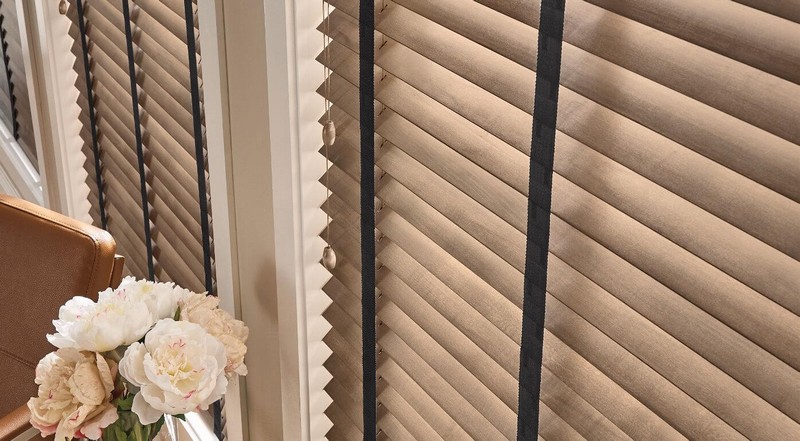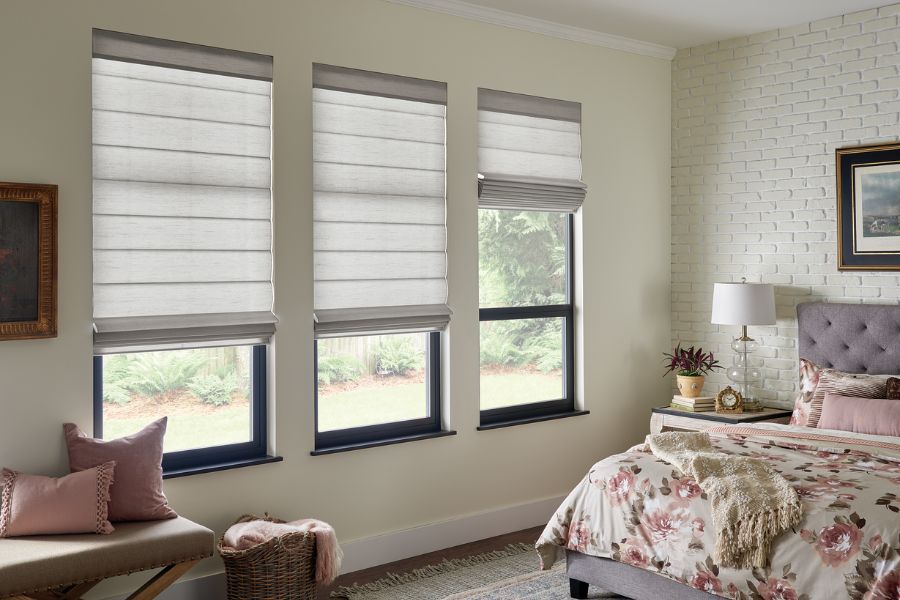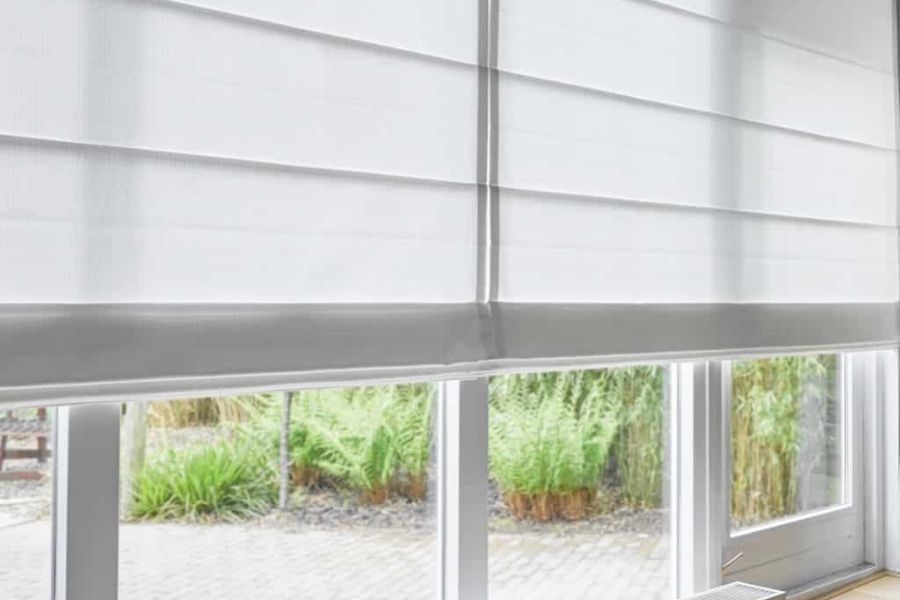Key Takeaways
- The 3 leading common causes of faux wood blinds’ dirt are dust, pets, and stains.
- How to clean faux wood blinds starts by swiping with a microfiber cloth, vacuuming with a brush detachment, and using this ‘secret’ mixture to brighten up the blinds, even removing heavy stains.

Causes of Faux Wood Blinds Dirt
Faux wood blinds can be a stylish addition to your home interiors. However, the downside of faux wood components is they can easily be dirted. Here are the 3 leading causes of faux wood blinds homeowners should be aware of:
- Dust
With the heavy pollution we live in, it is no wonder why dust is the leading cause of your faux wood blinds’ dirt. Unfortunately, these components attract dust quickly, even indoors. However, this cause is pretty harmless to the quality as it only lands on the surface.
- Pets
If you own a pet, don’t be surprised to see its mark on your faux wood blinds. Pet hair, nail scratches, and hit marks when they think your blinds are their play toy are common causes pets have dirt on your faux wood blinds.
- Stains
Stains, such as food, drinks, spills, or crayon marks, can cause dirt on faux wood blinds. Be aware that some can be hard to clean, especially if you don’t remove them right after they get stained.

How To Clean Faux Wood Blinds: Step-by-step Tutorial
Want to know the best way to clean composite and faux wood blinds to remove all the dust, pets, or stains? The below steps will help you:
Step 1: Prepare Necessary Tools
The first step in cleaning faux wood blinds is to prepare the necessary tools:
- Feather duster
- Microfiber cloth
- Vacuum with brush
- Mild detergent OR vinegar (optional but a helpful addition to easily clean stained surfaces)
- Dryer sheets
*Note: Avoid using too much water to clean your faux wood blinds, as the materials are not water-resistant and can negatively affect the internal mechanism. Use a sprayer (2-3 sprays) to cover the surface evenly.
Step 2: Dust the Blinds
The second step on how to clean faux blinds is to dust the blinds.
Use a clean cloth or feather duster to wipe all the dust from the surface. You should close the blinds and run the cloth over each slat up and down, side to side. Repeat the process in the opposite direction.
*Tip: Wear a face mask to prevent breathing the dust after swiping.
Step 3: Vacuum the Blinds
Vacuuming is the easiest way to clean faux wood blinds, even when done daily.
Use a vacuum with a brush attachment in low mode to remove more dust and dirt without heavy damage to the faux wood blinds. Run the brush along each slat, focusing on crevices and corners for a thorough clean.

Step 4: Wash the Blinds
How do you clean faux wood blinds with heavy stains? Use vinegar or mild detergent.
Organic ingredients with an acidic nature, like vinegar, are highly suggested to clean dust, even hardcore stains. Start by mixing a 1:1 ratio between lukewarm water and vinegar. Then, pour them into a sprayer and spray on the surface (do extra amounts on the stains/spots)
Otherwise, you can mix warm water with a slight amount of mild detergent. Dip the cloth into the mixture, squeeze the excess water, and start cleaning.
*Tip: For the best results, leave the mixture on top of the heavy stain for a few minutes before swiping it.
Step 5: Dry the Blinds
As mentioned, faux wood is not a solid waterproof material, hence, don’t stop your process on how to clean faux wooden blinds without drying the blinds.
Use a dry cloth to wipe all over the blinds again to remove any excess moisture and dirt. Ensure all parts, even the cords and mechanism, dry out completely.
Frequently Asked Questions
1. What’s the best thing to clean faux wood blinds with?
A microfiber cloth and mild detergent mixture are your answer on how to clean faux wood blinds easily. For regular dusting, use a feather duster or vacuum with a brush attachment, and dryer sheets can help repel dust and reduce static buildup.
2. Can you submerge faux wood blinds in water?
No, it should be prevented at all costs, as too much water can heavily damage the faux materials inside and outside. Not to mention the cord and mechanism of the blinds.




